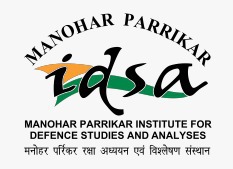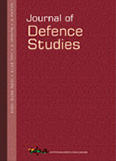Richard Bonney, Tridivesh Singh Maini and Tahir Malik (Eds.), Warriors after War: Indian and Pakistani Retired Military Leaders Reflect on Relations between the Two Countries, Past, Present and Future
This is an interesting book which offers views, insights and analyses of the relations between India and Pakistan through the interviews with top 26 ex-military officials from both the nations. These officers from both the sides held important positions and provided crucial leadership to their respective militaries in the years after the birth of two nations in 1947. The book attempts to explore whether sustainable peace is possible between both the nations and what are the prospects for the resolution of all outstanding issues between the two nations including the Kashmir dispute.
- Sanjeev Kumar Shrivastav |
- October 2011 |
- Journal of Defence Studies




